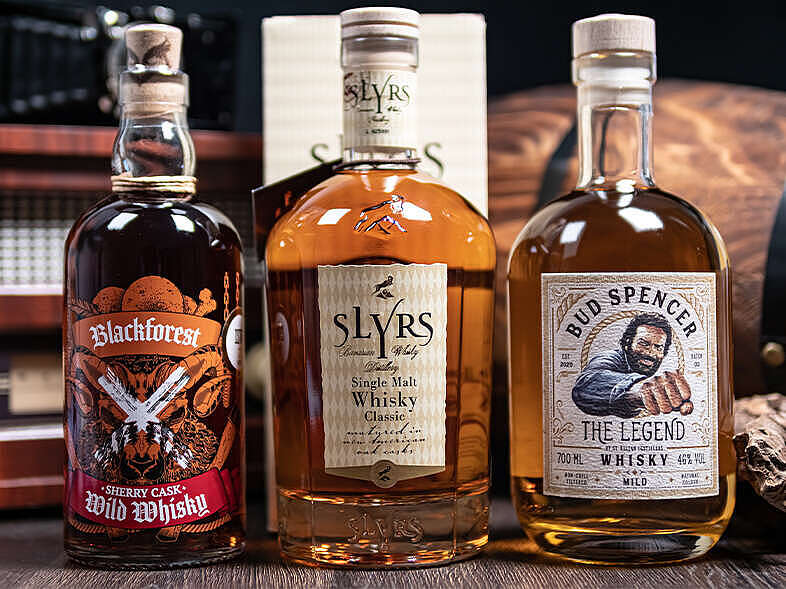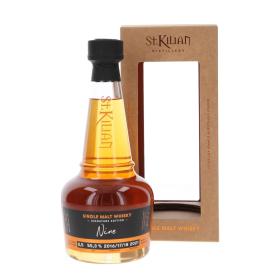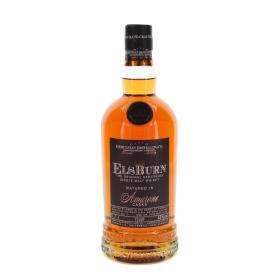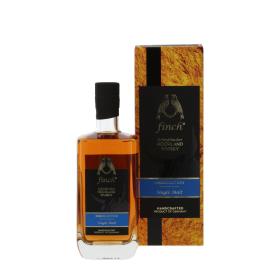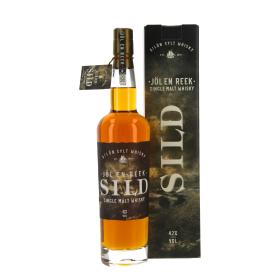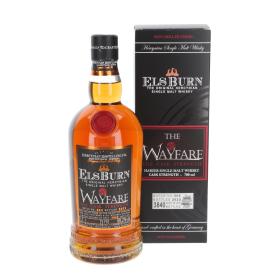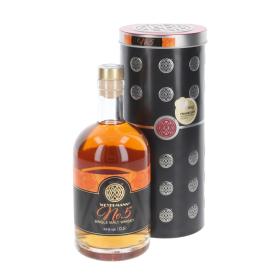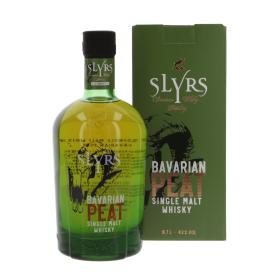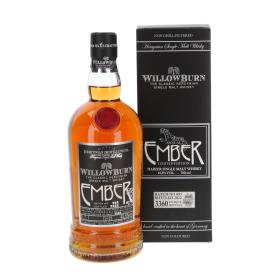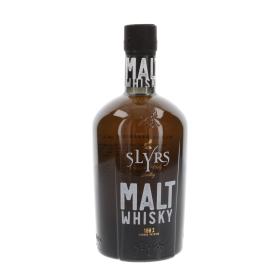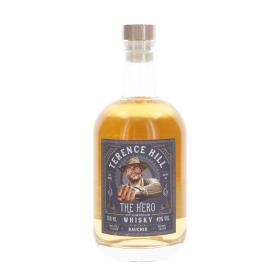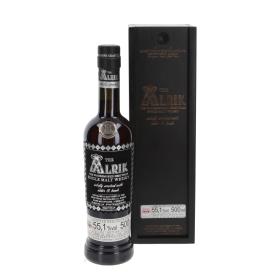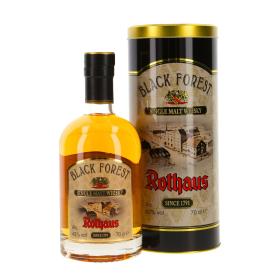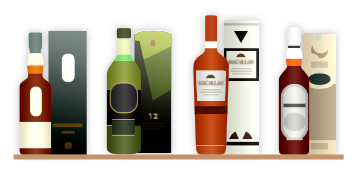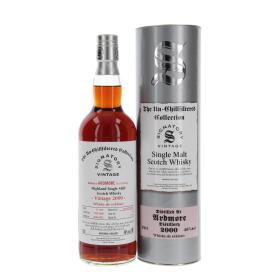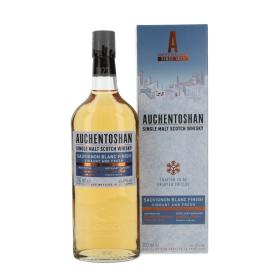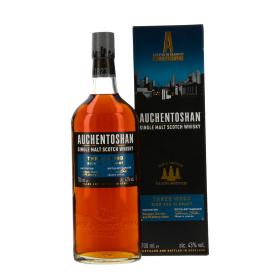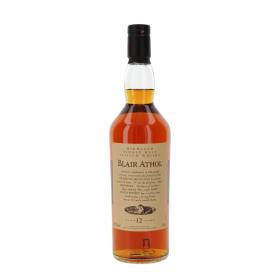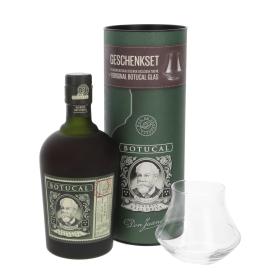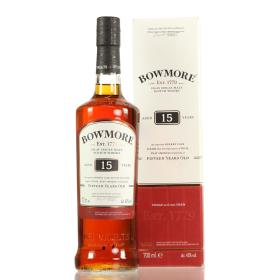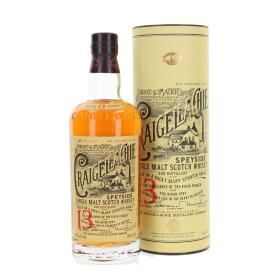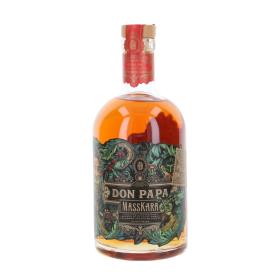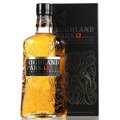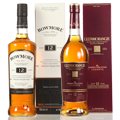The beginnings
In the 1960s, Germans mostly only knew Whisky from films, when cowboys in westerns drank Whisky in the saloon.
It was not until the 1970s that Jim Beam, Teacher's and other brands became popular in Germany thanks to the American troops. American Whiskey was soon to be found on German supermarket shelves. After the war, the annual per capita consumption of spirits was still more than 10 litres and Whisky had its share!
First encounter with Whisky
Many of today's whisky lovers date their first hard "encounter" with a bottle of whisky back to the early 70s. This first encounter, often accompanied by long-lasting nausea, vomiting and headaches, was also the last for many for years to come. Days of nausea and headaches are not easily forgotten and the cheap flavour of simple bourbon and scotch became an early warning system for nausea and headaches in our heads.
As early as 1959, the German company Racke began producing its Racke Rauzart. Those of us without connections to American or British soldiers had our first "run-in" with this whisky, which also reached a high sales level in the 70s. But American Medley's and, increasingly, Johnnie Walker also made for memorable experiences among teenagers at this time.
At the same time, and to everyone's annoyance, the Americans brought the output of PX shops back under control and whisky was once again forgotten by the average young person. As a shot in a cola, it led a shadowy existence.
High-quality beer was on the rise and this soon spread to wine. As prosperity increased, per capita consumption of spirits fell in favour of lighter drinks. At the end of the 1970s, it was only 8 litres per adult per year.
The birth of Malt Whisky
This period was probably the secret birth of malt whisky in Germany. The growing prosperity after the economic miracle and the beginning of mass tourism led Germans increasingly to neighbouring countries. And not just to Austria and Switzerland, which were similarly developed to us in terms of whisky. More and more people travelled to Italy, France and Great Britain.
They were increasingly bringing malt whisky home with them. But it was only one litre per person. The strict customs controls did not allow more. As demand was well above the import limit, the domestic market was able to develop in this direction.
The honour of international malt whisky distribution belongs to Glenfiddich. Even before 1980, it was possible to visit the distillery and buy bottles in the small shop next door. Even if the bottles were quickly empty in Germany - fond memories clung to them as they slowly gathered dust on the shelf. The negative memories of the first "clashes" faded in comparison to the new quality of this great drink.
Arrival in German supermarkets
During the 1980s, Scotch whisky and malt whisky slowly replaced domestic grain brandies and German whiskies on supermarket shelves. Racke followed the trend and switched his Rauchzart from German whisky to blended Scotch. Glenfiddich expanded and became widely available in almost all supermarkets.
At the same time, the first specialised wholesalers and retailers began to import rare malt whiskies directly from Scotland on a small scale. How much malt whisky was imported to Germany in the early 1980s can only be roughly estimated today. It was certainly not more than a few tens of thousands of bottles per year.
Chivas Regal and Johnnie Walker Black Label achieved the top quality positions in the Scotch blended whisky segment. And the single malt success of Glenfiddich did not leave many others in peace.
There seemed to be enough room for a second brand alongside Glenfiddich as the only malt. Many now famous malt whiskies tried their hand at this niche in the second half of the 1980s. Cardhu and Royal Lochnagar were the most famous among them. But they all failed. The breakthrough did not materialise. Cardhu was too expensive and Royal Lochnagar's flavour was too intense for the masses.
Then, around 1990, Glen Grant made it. 25% cheaper than Glenfiddich and with the appropriate "Glen" in its name, it too was able to find a regular place on supermarket shelves.
With the fall of the Berlin Wall, German whisky, this time from the East, was given a second chance. But the dream did not last long. At 12 litres, spirits consumption in the East in 1989 was still as high as in the West in the post-war period. Within a few years, consumption plummeted to the western level of 6 litres per capita per year, depriving many eastern distilleries of their livelihood.
From the start of malt whisky imports at the end of the 1970s to the beginning of the 1990s, almost nothing happened on the domestic malt whisky front apart from the explosion of Glenfiddich and Glen Grant.
Glenlivet and Glenmorangie could be found with increased searching and in duty-free, but the rare and low-circulation high-quality malts remained hidden.
The Americans discover the German market
At the same time, the Americans began to discover the German market. Initially it was only Jim Beam, but Jack Daniel's was the second major supplier to enter the scene at the end of the 1980s. Jim Beam and Jack Daniel's were the vanguard. As with Scottish single malt whisky, there was not yet much sign of high-quality Kentucky straight bourbon.
The story of Whisky.de did not begin until 1993, when a few rare pieces, such as a Strathisla 15 year old or an Isle of Jura, were brought back from numerous trips to Scotland between 1990 and 1992, but the real start only began in 1993 - just in time for the global malt whisky boom.
What's next? What can the whisky scene in Germany expect? The depressed economic mood will not last forever. And every recession also has its good sides. Brands and companies that have built on sand will be swept away by the autumn and winter storms. Blended whiskies away from the big, advertised brands will be among the biggest losers in Germany.
Malt whisky and Kentucky straight bourbon will continue to increase their market share at the expense of these blends. Only the big brands such as Johnnie Walker and Co. with lots of advertising will sell real volumes. For connoisseurs, the quality of the individual malts and straight bourbons will be the key to success.
Premium whisky has conquered German hearts. It is an integral part of the product range in this part of Europe. In an international comparison, we still have some catching up to do or are falling further behind. The large newly industrialising countries in South America and Asia have also discovered high-quality whisky as an enrichment to their enjoyment.
November 2002

